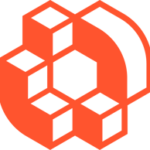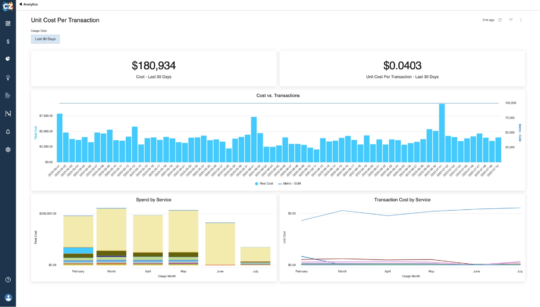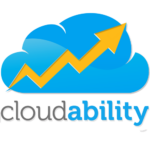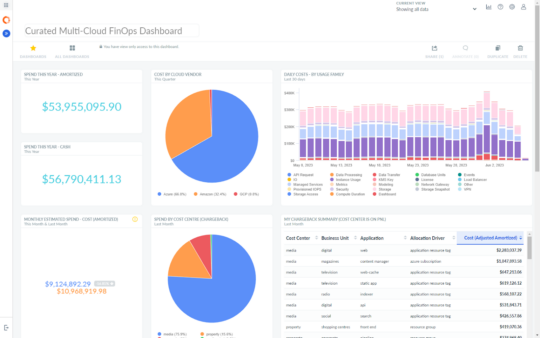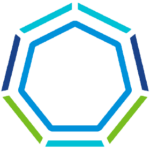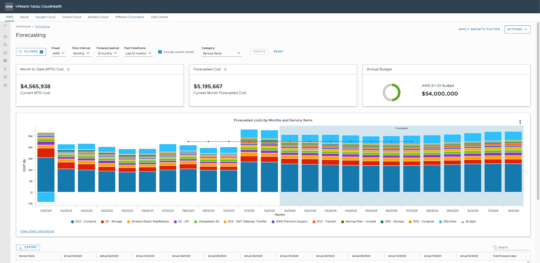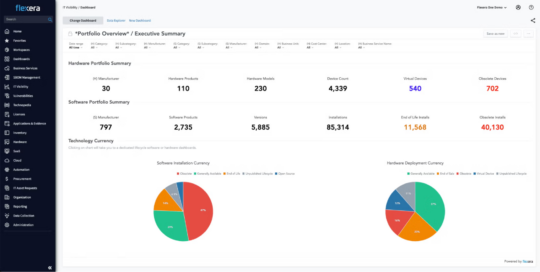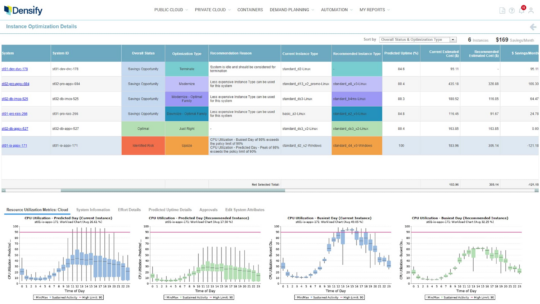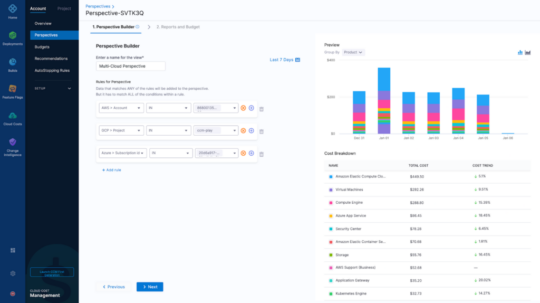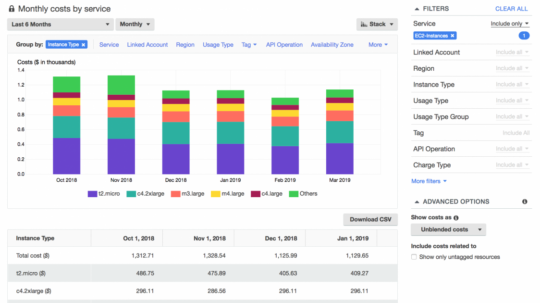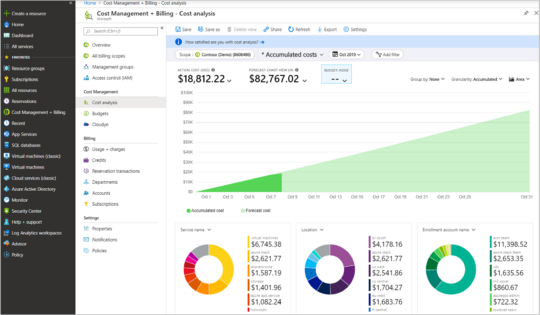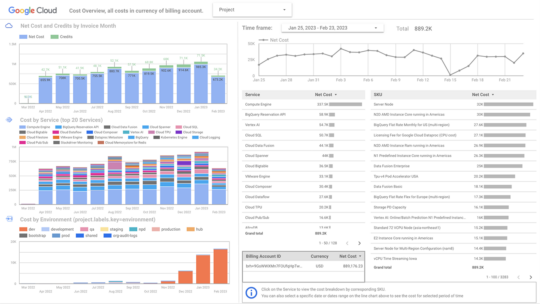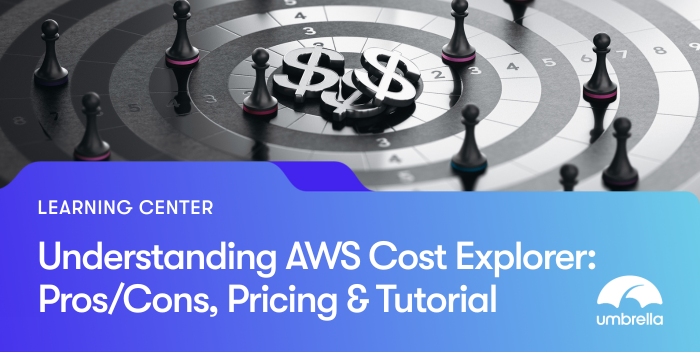Cloud cost optimization tools help organizations manage, monitor, and reduce their cloud expenditures while maximizing the return on investment (ROI) for their cloud services. These platforms provide actionable insights by analyzing cloud usage data, identifying inefficiencies, and suggesting cost-saving measures. They cater to enterprises and managed service providers (MSPs) that utilize cloud platforms such as AWS, Azure, or Google Cloud, where expenses can quickly escalate.
These tools offer features such as resource monitoring, real-time cost tracking, and automation for scaling or deactivating idle instances. By leveraging these functionalities, organizations can gain complete visibility into their cloud spending and make data-driven decisions to efficiently utilize resources.
Core Functionality of Cloud Cost Optimization Tools
Resource Monitoring
Resource monitoring focuses on tracking usage across the deployed infrastructure, providing real-time data on resource consumption. This includes instances, storage, and networking components. Proper monitoring prevents unnecessary resource allocation, such as idle virtual machines or underused storage buckets, which can cause unexpected costs.
These tools often include dashboards that display usage trends, flag anomalies, and identify wasteful consumption patterns. By using this data, organizations can stay proactive in managing resources, scaling down over-provisioned instances, and avoiding billing surprises.
Cost Analysis
Cost analysis tools break down cloud expenses to offer a granular view of service-specific costs. These highlight where the majority of the budget is being spent and identify areas for reducing waste. By categorizing spending by departmental usage or project-specific allocation, they ensure accountability in cloud budgeting.
Advanced features include forecasting, which predicts future spending based on usage trends, and cost anomaly detection, which alerts users to significant deviations. As a result, organizations can set precise budgets and allocate resources effectively, maintaining control over expenses.
Automation Features
Automation features in cloud cost tools enable automatic adjustments to resource allocation based on predefined rules. For instance, instances can be scaled down during non-peak hours or terminated when their usage drops below a certain threshold. This dynamic scaling helps balance performance and costs efficiently.
Automation also includes rightsizing recommendations, suggesting optimal instance types or resource configurations based on historical usage. By implementing automations, organizations can reduce manual intervention while ensuring that resources are appropriately deployed to avoid overprovisioning.
Integration Capabilities
Integration capabilities allow these tools to connect with cloud platforms, monitoring services, and even accounting or ticketing systems. Tools that integrate with CI/CD workflows or DevOps pipelines bring optimization strategies into development lifecycles, promoting cost-efficiency from the start.
APIs enable companies to federate data between tools, creating holistic views of infrastructure utilization and expense. This helps centralize operations, maintaining the cloud cost optimization process is not siloed, but is tied to broader IT and business workflows.
Notable Multi-Cloud Cost Optimization Platforms
1. Umbrella
Umbrella is an all-in-one FinOps solution for cloud cost management. That gives complete visibility into multicloud and Kubernetes spend. Umbrella helps organizations monitor and allocate all their cloud costs, even with incomplete tagging, providing data and tools to connect cloud usage to business value.
Key features include:
- Multicloud spend visibility: Ingests cost, usage, and performance data across AWS, Azure, GCP, and Kubernetes, normalized for discounts, credits, and amortization.
- Virtual tagging and business mapping: Groups both tagged and untagged resources using virtual tags and advanced business mapping, providing accurate cost allocation across teams, apps, and business units.
- Unit cost tracking: Calculates unit economics like cost per customer or revenue per Kubernetes dollar to track margins and understand cloud ROI at scale.
- Granular data breakdowns: Offers best-in-class granularity (hourly, daily, weekly, quarterly) and extended data retention (18 to 24 months), helping teams analyze trends and make informed decisions.
- Showback and Chargeback: Enables Showback to promote transparency and accountability, and integrates with internal systems for accurate Chargeback reporting.
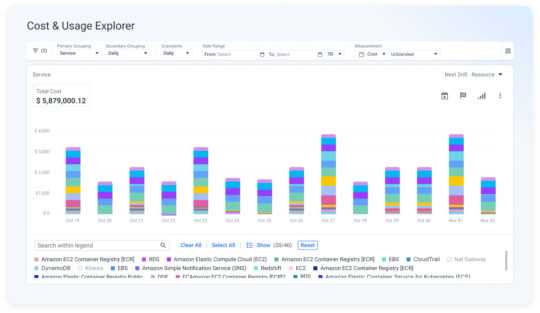
2. CloudZero
CloudZero is a cloud cost optimization platform that provides engineering and finance teams with insights into their cloud spending. CloudZero allows organizations to allocate cloud, SaaS, and PaaS costs, including Kubernetes, without extensive manual tagging.
Key features include:
- Universal spend ingestion: Supports cost data from major cloud providers.
- Custom spend dimensions: Helps organize and view costs by customer, feature, product, or other custom-defined units.
- Unit cost analysis: Transforms raw cost data into business-level metrics to inform decision-making and optimize margins.
- AI-powered anomaly detection: Automatically identifies and alerts on unusual spending patterns without manual configuration.
- Cost visibility for engineers: Provides engineering teams with timely, relevant data to make cost-effective architectural decisions.
3. IBM Cloudability
IBM Cloudability is a FinOps platform to help organizations gain visibility into their cloud spending, drive accountability across teams, and continuously optimize cloud costs. It integrates cost and usage data across major cloud providers, enabling a unified approach to financial operations.
Key features include:
- Multi-cloud and container visibility: Offers insights into costs across major cloud providersAWS, Azure, Google Cloud, and Kubernetes.
- Anomaly detection: Automatically identifies unexpected spending patterns to help teams respond quickly and avoid budget overruns.
- Automation for optimization: Supports rightsizing, commitment-based discount automation, and other cost-saving actions with performance-aware safeguards.
- Unit economics and business value mapping: Connects usage data to business outcomes, helping teams analyze customer profitability and cost per transaction.
- Cost transparency and governance: Includes dashboards, tagging tools, and business mapping features to ensure clear ownership and control of cloud costs.
4. CloudHealth
Tanzu CloudHealth is a cloud cost optimization and financial management platform that helps organizations gain visibility and control across multi-cloud environments. It supports both public and hybrid cloud infrastructures.
Key features include:
- Multi-cloud visibility and reporting: Provides unified views of cloud usage across major cloud providers and private data centers.
- Cost optimization and rightsizing: Delivers recommendations for improving resource utilization, eliminating waste, and managing commitment-based discounts.
- Governance and automation: Enforces policies that automate optimization actions and maintain compliance while adapting to changing usage patterns.
- Budgeting and forecasting: Includes tools for budget planning, monitoring, and forecasting based on historical consumption trends.
- Cost allocation and chargeback: Supports cost attribution by business units, teams, or projects to drive accountability and align spend with ownership.
5. Flexera
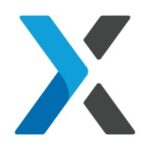
Flexera One is a SaaS-based platform that integrates cloud cost optimization, IT asset management (ITAM), and FinOps into a unified solution for hybrid IT environments. Built on Flexera’s Technology Intelligence Platform, it delivers visibility into cloud, SaaS, hardware, and software assets.
Key features include:
- Hybrid IT visibility: Offers an inventory of cloud, on-premises, SaaS, and container environments, enriched by Technopedia®, a library of technology products.
- Cloud cost optimization: Delivers insights to help reduce unnecessary spend, eliminate overprovisioned resources, and optimize cloud services.
- Unified ITAM and FinOps: Integrates asset management and cloud financial management, allowing organizations to analyze software and SaaS usage alongside cloud costs.
- Spend and usage analytics: Enables cost allocation and reporting by business unit, service, user, or cost center.
- Governance, risk, and compliance: Supports vendor audit readiness, software license optimization, and regulatory compliance with insights into asset health and usage.
6. Densify
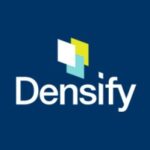
Densify is a cloud resource optimization platform that uses AI-driven analytics to ensure workloads run on suitable instance types across major cloud providers. It helps engineering and FinOps teams align infrastructure choices with application demands and policy constraints.
Key features include:
- Workload-aware optimization: Uses machine learning to evaluate historical utilization metrics (CPU, memory, network, disk I/O) and identify instance types for each workload, including recommendations for instance families, sizes, and scaling configurations.
- App owner collaboration: Generates role-specific reports that include utilization forecasts, cost impacts, and effort estimates.
- Optimization of auto scaling groups: Simulates historical performance to fine-tune AWS Auto Scaling Groups.
- GPU and AI/ML optimization: Analyzes GPU-intensive workloads to match them with the optimal NVIDIA GPU configurations. Helps right-size GPU and memory ratios while identifying underused or idle GPU resources.
- Metrics viewer and visualization: Offers dashboards that allow users to inspect utilization trends at granular levels, compare metrics, and detect inefficiencies.
7. Harness Cloud Cost Management

Harness Cloud Cost Management is an AI-powered FinOps platform designed to give organizations real-time visibility and control over their multi-cloud expenses. It helps engineering, operations, and finance teams to collaboratively optimize cloud spending through automation, intelligent insights, and governance.
Key features include:
- Granular cost attribution: Enables detailed chargeback and showback reporting with hierarchical cost views. Users can define cost categories by teams, applications, or workloads using “Cost Perspectives,” providing transparency across complex environments.
- AI-driven optimization: Automatically identifies idle resources and shuts them down through Cloud AutoStopping, reducing non-production costs by up to 70%. Provides actionable recommendations for optimizing compute, storage, and container resources across cloud platforms.
- Multi-cloud and kubernetes support: Offers unified cost management across all major cloud providers and Kubernetes clusters, giving teams a centralized platform to manage and optimize cloud spend.
- Commitment orchestrator: Automates the management of long-term AWS EC2 commitments, optimizing savings by ensuring high coverage and timely renewals of Reserved Instances and Savings Plans.
- Cluster orchestrator: Dynamically scales Kubernetes (EKS) clusters using intelligent node management and spot instance optimization to maintain performance while minimizing cost.
Native Cloud Provider Tools
While dedicated cloud cost optimization tools provide advanced features and multi-cloud visibility, many organizations use native cloud provider tools, which are typically offered at no cost, but are limited to a single cloud provider and provide more limited cost management functionality.
8. AWS Cost Explorer
AWS Cost Explorer is a native AWS tool that provides detailed insights into AWS spending. It allows users to visualize costs and usage over time, filter by service, tag, or linked account, and set custom date ranges. The tool supports both high-level and granular analysis, making it suitable for budgeting and forecasting.
It also features cost and usage reports, rightsizing recommendations, and anomaly detection to help reduce unnecessary expenditures. With predictive modeling, Cost Explorer helps forecast future costs based on historical usage patterns, supporting more accurate financial planning.
9. Azure Cost Management & Billing
Azure Cost Management & Billing is Microsoft’s built-in solution for tracking cloud expenses across Azure and other connected services. It provides cost analysis dashboards, customizable reports, and budgeting tools that help teams monitor usage in real time.
The tool enables allocation of costs by resource group, subscription, or tags, improving financial accountability. Azure also supports recommendations for cost-saving actions like right-sizing VMs or removing unused resources. Integration with Microsoft Power BI improves reporting capabilities for advanced analysis.
10. Google Cloud Billing Reports
Google Cloud Billing Reports offer visualization tools for understanding and analyzing cloud expenditures across Google Cloud services. The platform provides interactive charts and filtering capabilities based on project, product, SKU, and labels, enabling detailed cost breakdowns.
Google Cloud Billing also integrates with BigQuery for custom analysis and Looker Studio for dashboard creation. It includes budget alerts and cost anomaly detection, helping organizations respond quickly to unexpected spending changes. Native recommendations assist in optimizing costs by identifying idle resources and offering configuration suggestions.
Conclusion
By incorporating cloud cost optimization tools, organizations can better align infrastructure spending with business goals. These platforms provide visibility, enforce accountability, and support proactive management of cloud resources. With real-time insights, automation, and integration capabilities, businesses can continuously optimize usage and prevent cost overruns, making cloud operations more efficient and financially sustainable.
Want to get a handle on your cloud spending? Chat with us today!
